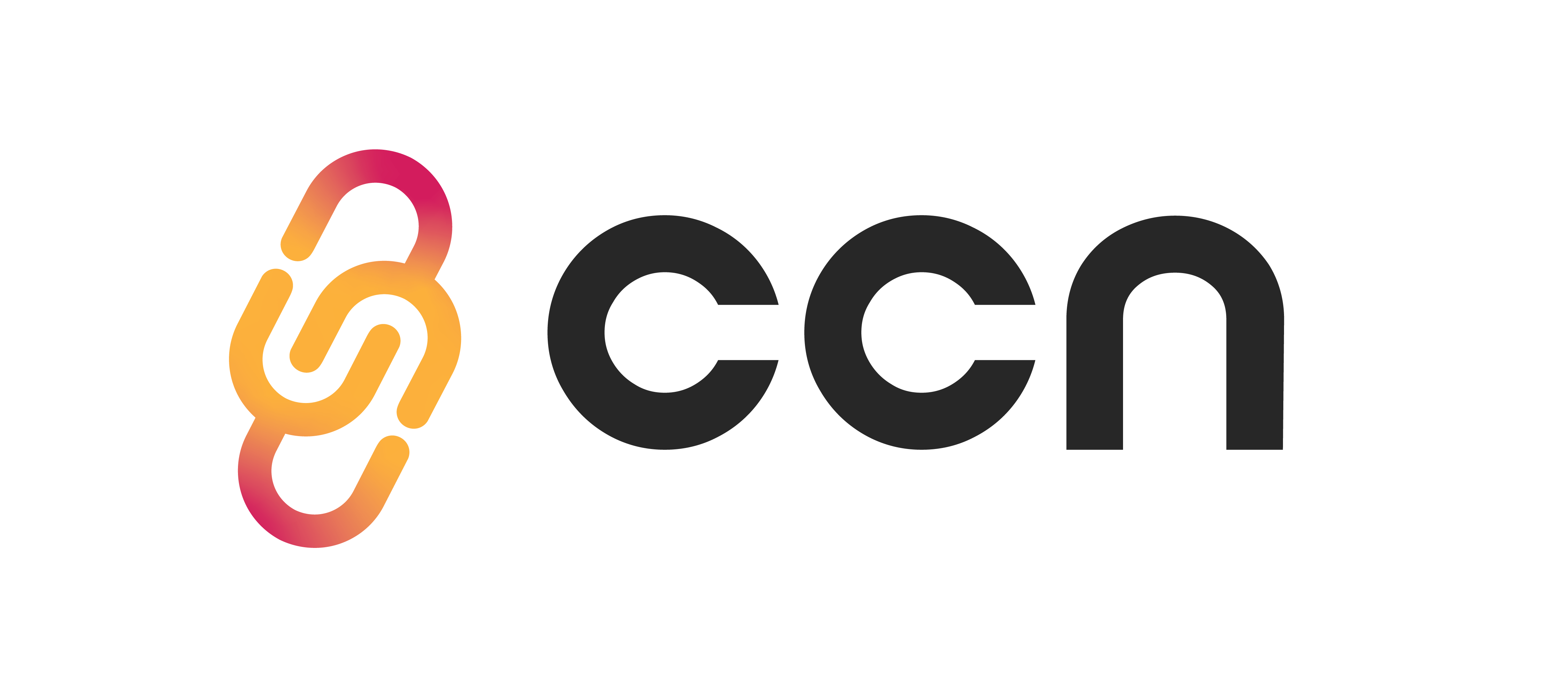In Canada’s rapidly evolving digital landscape, cyber risk management is more important than ever

Eighty-nine per cent of Canadians are concerned about the increasing sophistication of cyberattacks
Would you feel safe if your doctor said your heart health was graded as a 'B'? Canadians should be asking the same question when it comes to their cyber health.
In a world where cybercriminals are using Artificial Intelligence and advanced tools to launch highly sophisticated attacks on the Canadian economy, the biggest threats often come from the basics we overlook.
To better understand this landscape, we recently ran a large-scale cyber and digital health check-up of nearly 5,000 Canadian organizations through our RiskRecon solution to assess the country’s cyber hygiene. Despite being considered early adopters in the space, Canadian entities on average have good cybersecurity posture. That doesn’t mean there isn’t room for improvement, especially as we drill down into industry specific trends where cracks in the infrastructure start to arise.
We know large organizations are facing persistent, high‑priority issues, so imagine the reality for smaller businesses that lack dedicated security teams and resources. A closer look in our analysis revealed that one-third of Canadian businesses are operating with significant, high-priority security risks.
The most critical and actionable finding is the risk posed by outdated and unsupported software. When a manufacturer stops supporting outdated software, they typically stop issuing patches for newly discovered vulnerabilities. That open door becomes an invitation for attackers. This isn’t a mere technical oversight; it’s a critical business risk that leaves sensitive data exposed and disrupts operations.
The analysis also found that key parts of the economy, including parts of the public sector and education system, have a higher-than-average number of exposed network services, creating potential entry points for malicious actors. While some of these exposed network services may be the result of the industry norm, they underscore the need for rigorous and continuous security monitoring.
For Canadian businesses, particularly the small and medium-sized enterprises that are the lifeblood of our communities and make up 98 per cent of all businesses, this danger is no longer a distant threat, it’s a daily reality. Business owners are rightly focused on their day-to-day operations, not the complexities of cybersecurity.
In addition, our recent research reflects this reality, as more than half of small businesses in Canada struggle to keep up with changing technology (53%) and to access affordable cybersecurity tools (52%). They understand the threat but need support to close the security gaps that leave them vulnerable. In fact, the increasing sophistication of cyberattacks is a recognized concern for most Canadians, with 89 per cent feeling some level of concern.
This is a moment for leaders across industry, government, finance and technology to lead by example. We must continue to foster collaboration across the economy. It’s incumbent on all of us to build a secure economy for businesses to thrive and for consumers to feel their data is protected. Empowering businesses with the tools and knowledge to protect themselves as well as their customers is essential for Canada’s economic prosperity.
If you run a business, start with a digital health check this Cybersecurity Month, by reviewing your patching cadence, enabling multi-factor authentication and training staff to spot phishing. For leaders and policymakers, let’s commit to scaling the practical support, tools and resources small businesses need.
Protecting our digital economy is a shared responsibility. And a one‑time check isn’t enough. Attackers need only one weak point; defenders must protect everything. Let’s normalize regular digital health check‑ups all year round. By taking these steps, you’ll make it harder for attackers to succeed and much easier for everyone across Canada to interact in the digital ecosystem with safety and trust.
As the Vice President of Security Solutions at Mastercard in Canada, Amisha Parikh plays a leading role in strategy development to help drive payment innovation, security and resiliency. Mastercard is committed to helping Canadian small businesses stay secure. The Mastercard Cybersecurity Assessment Tool is available for free and on demand through the Mastercard Trust and Safety Centre.

